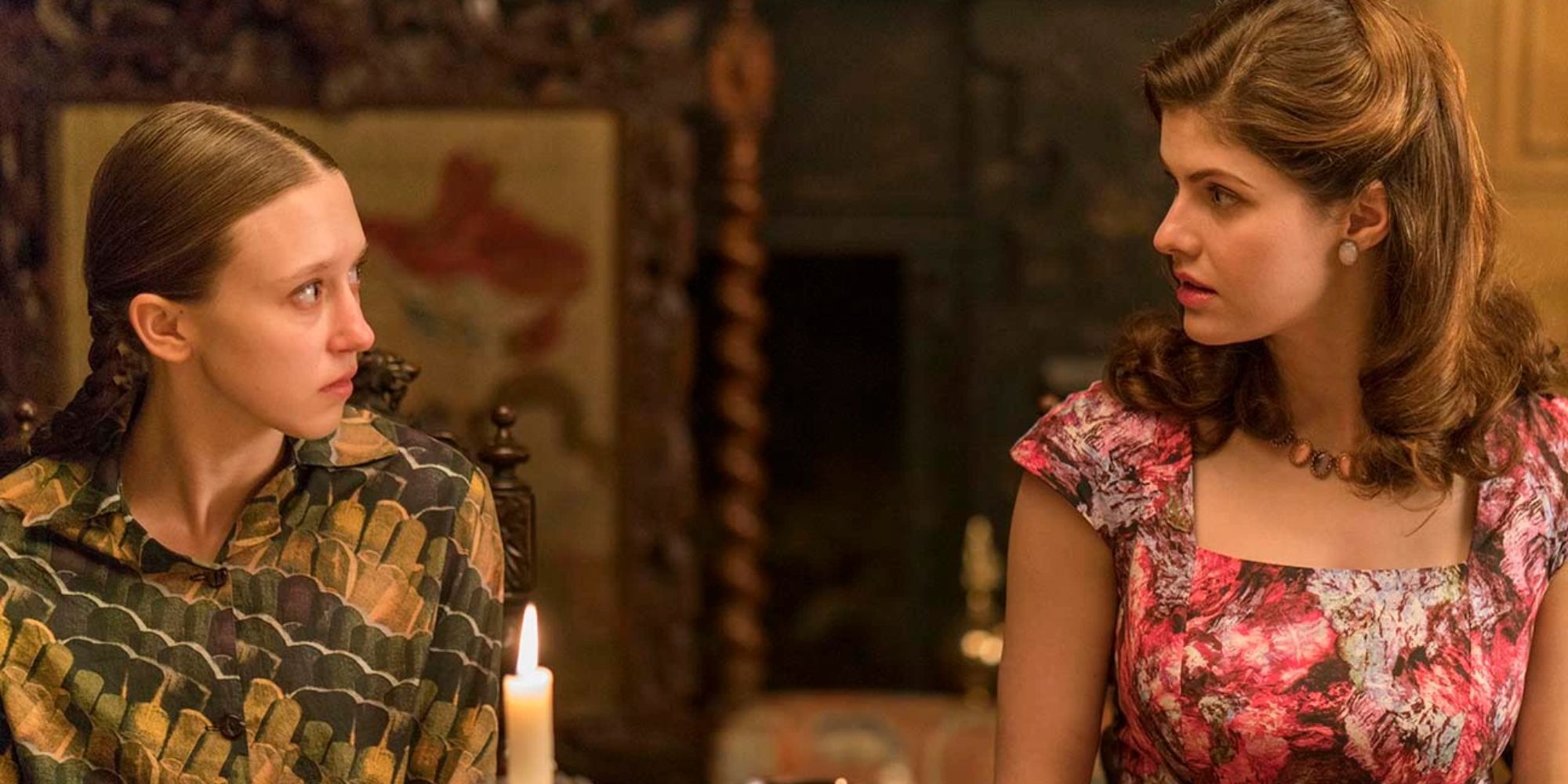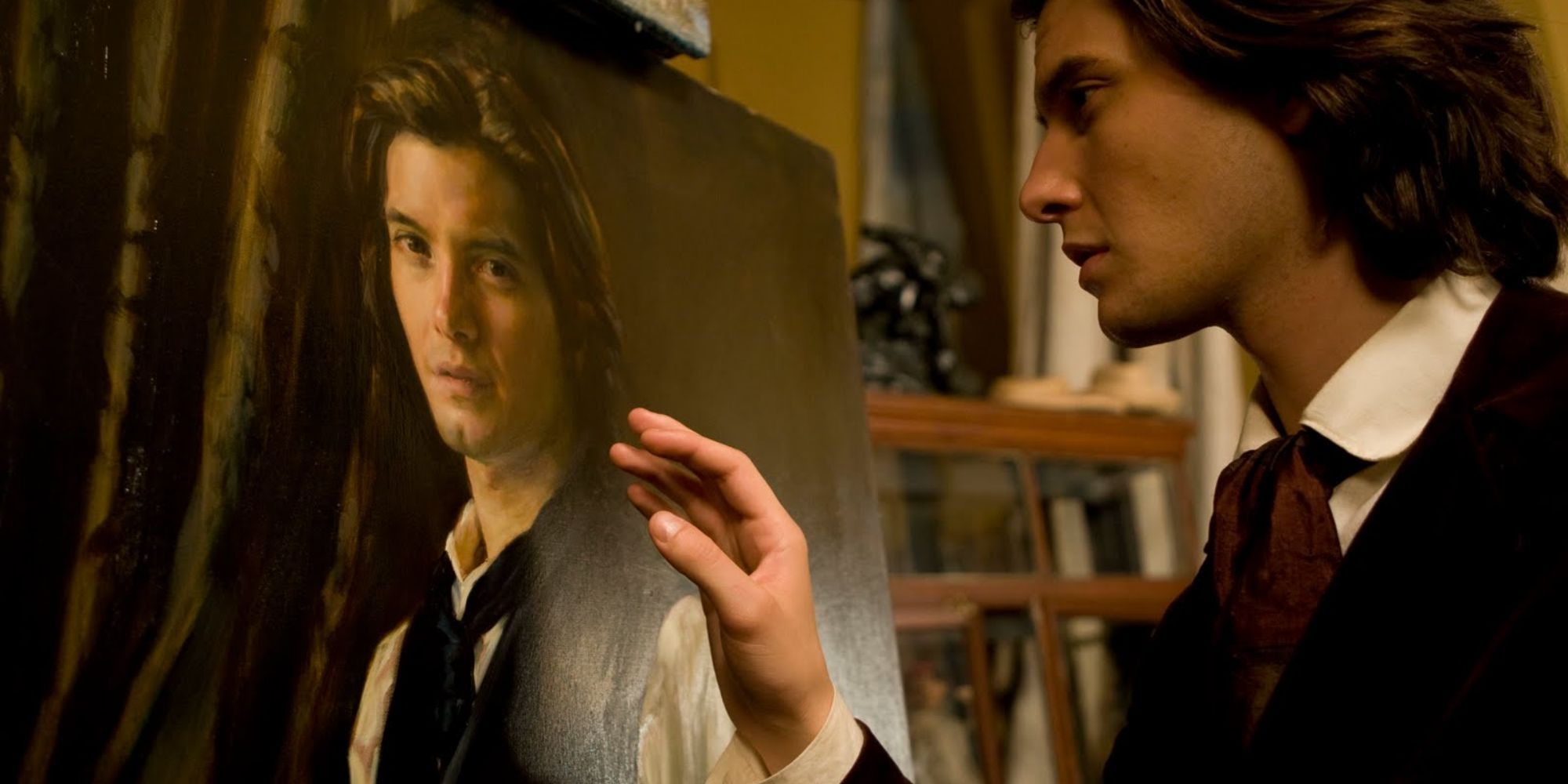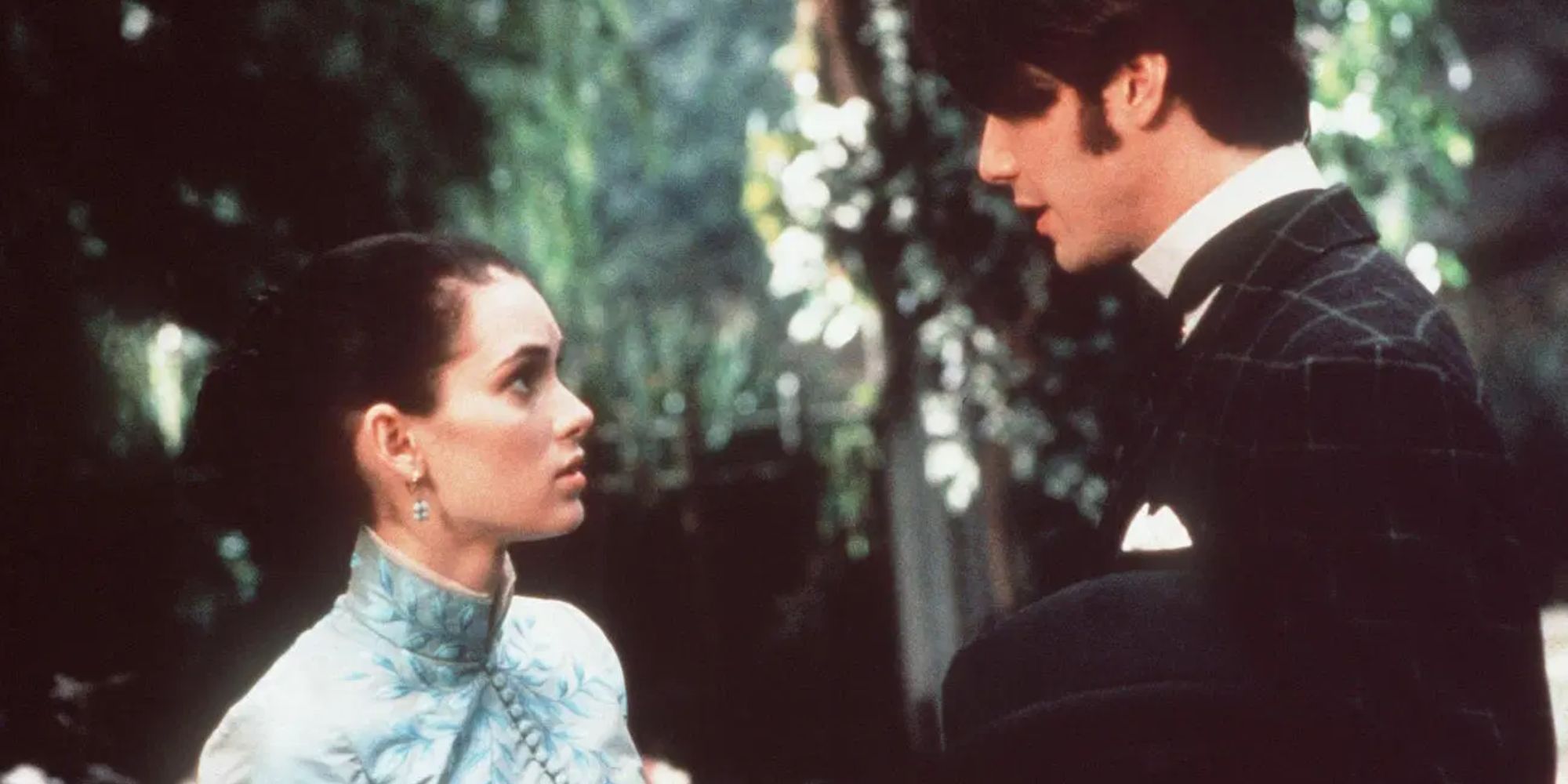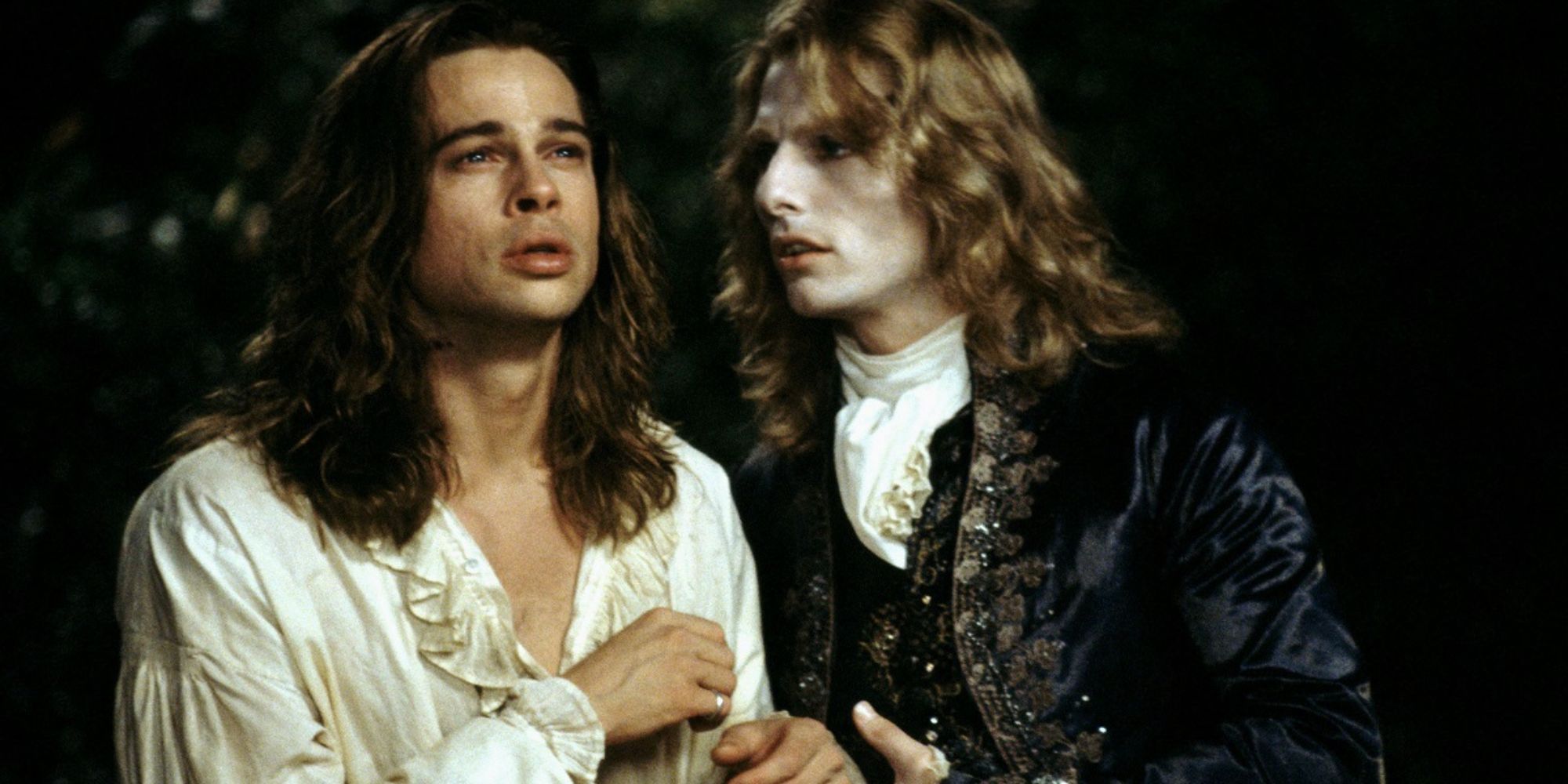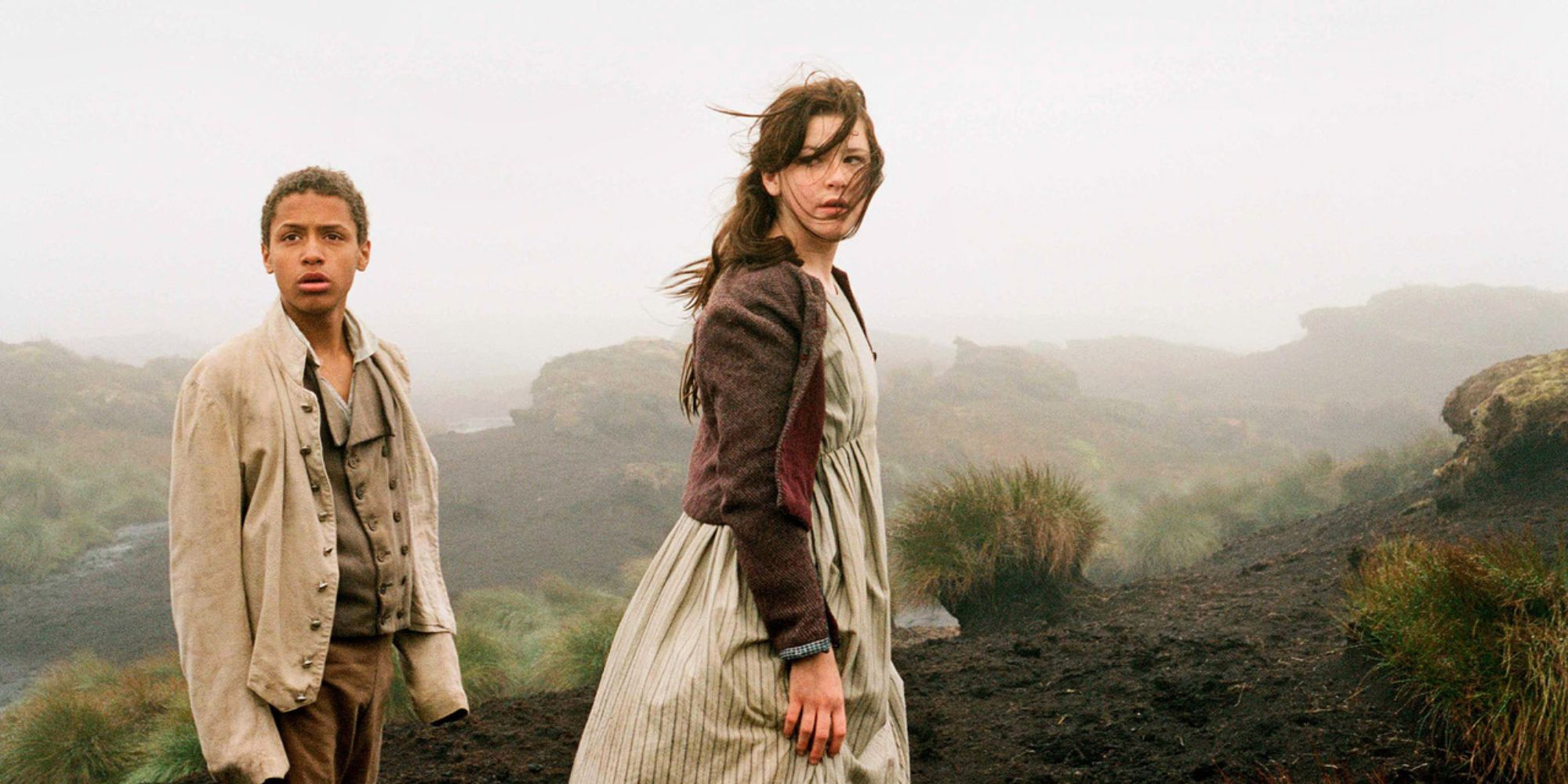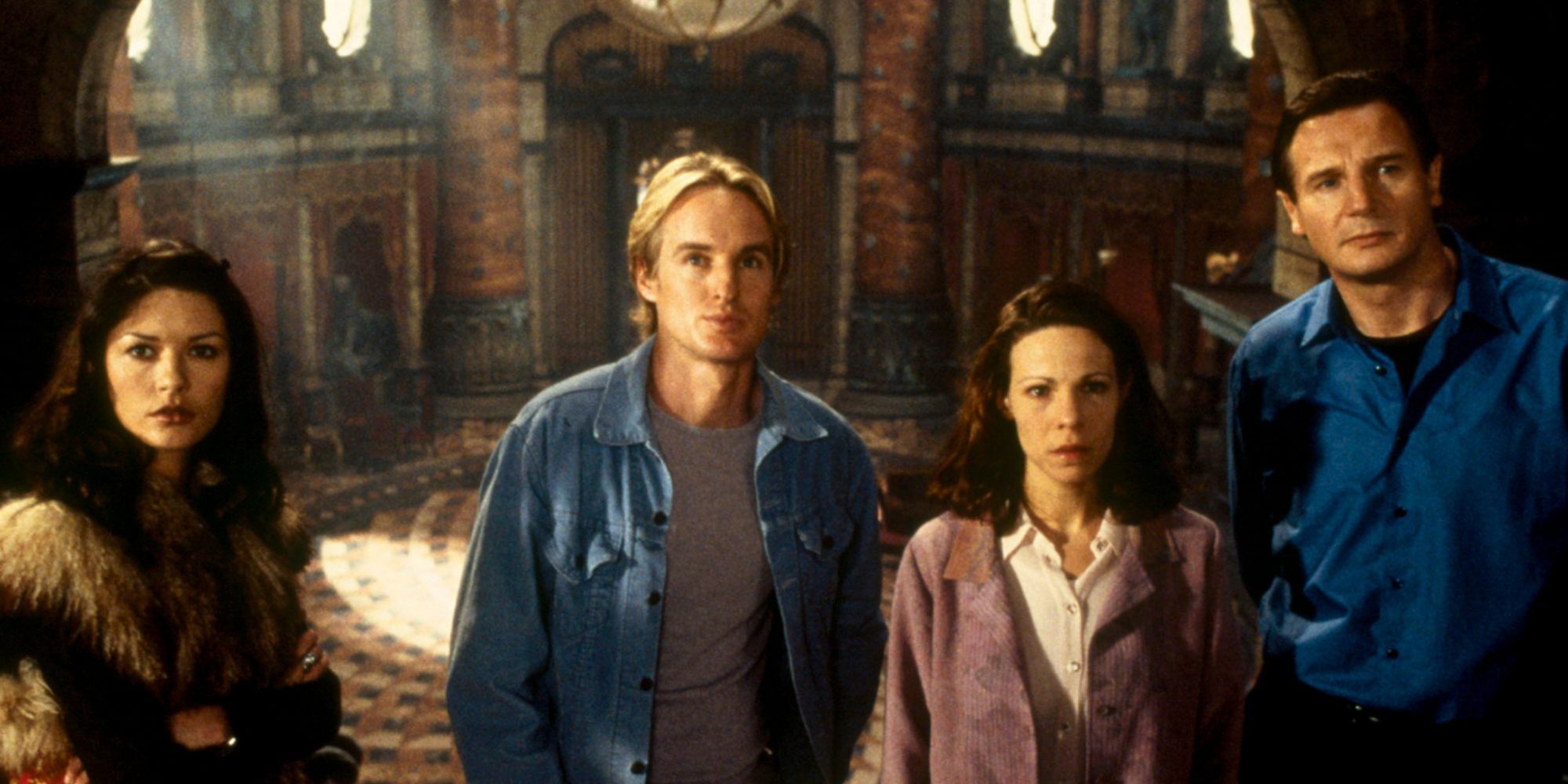Emerging at the end of the 18th century, Gothic fiction is known for its ability to incite uneasiness. It is not mere horror, with blood, gore, and chainsaws. Rather, it's the type of story that won't have you acknowledging your fear until you're right in the thick of it.
Think grand estates with hidden passages, specters, and creatures of the night, heroines subject to the horrors of patrilineal anxiety – this is Gothic fiction. The sublime settings and extreme emotions of the classic Gothic novel just so happen to make very good cinema. Enter the labyrinth of these adaptations, if you dare.
We Have Always Lived In The Castle (2018)
Based on Shirley Jackson's 1962 novel, We Have Always Lived In The Castle tells the story of Constance and her younger sister Merricat who live with their sickly old uncle in the family house. Thanks to arsenic in the sugar bowl, the rest of their family is dead. Constance is the prime suspect and a pariah in the village. Things get worse when money-grabbing Cousin Charles arrives, and the girls are forced to face the truth of their tragedy.
Stacie Passon's 2018 film does a fine job of bringing Jackson's story to screen, casting the beguiling Alexandra Daddario as Constance, and Taissa Farmiga as her sister. Sebastian Stan brings an air of charm to Cousin Charles, right up to his meme-worthy rant at the end of the film. Book-to-screen lovers will be thrilled to know that the film stays pretty true to Jackson's work, with little deviation.
Dorian Gray (2009)
Based on Oscar Wilde's 1890 novel, The Picture of Dorian Gray tells the story of a young, narcissistic man who trades his soul for eternal youth and beauty. Dorian has his portrait painted by local artist Basil Hallward while being observed by his new best friend, the hedonistic Lord Henry. Struck by the beauty of his likeness, and egged on by Lord Henry, Dorian admits he would sell his soul to remain eternally young. He gets his wish when the painting starts aging and bearing the marks of his debauched behavior, while he indulges in every vice possible.
A baby-faced Ben Barnes takes on the titular role of Dorian Gray in Oliver Parker's 2009 film. Dorian's debauchery and penchant for indulgent, lusty pursuits take center stage in this adaptation so some classic Gothic elements are lost. Colin Firth seamlessly steps into the role of Lord Henry, playing the devil on Dorian's shoulder until his daughter becomes the object of Dorian's desire.
Bram Stoker's Dracula (1992)
You can't have Gothic fiction without aristocratic vampires, and Bram Stoker's murderous Count Dracula from his 1897 novel is father to them all. The book takes the form of an epistolary novel, made up of numerous letters and diary entries from the characters. Count Dracula invites the solicitor Jonathan Harker to his castle to assist with the purchase of property in London. After a prohibited wander through the castle, Jonathan discovers there is something not quite right about the Count. He escapes, eventually teaming up with his fiancé Mina and the formidable Van Helsing to hunt and kill Dracula.
Best Versions of Dracula On The Silver Screen, Ranked
While there have been many adaptations based on Stoker's classic novel, Francis Ford Coppola's 1992 film is arguably the most well-known. The casting in this film is perfection, with Keanu Reeves as Jonathan Harker, Winona Ryder as Mina, Anthony Hopkins as Van Helsing, and Gary Oldman as Dracula. The movie succeeds in inciting the kind of anxiety and dread pivotal to any Gothic story, and Oldman excels at infusing the right mix of charm and monstrosity into Count Dracula.
Interview With The Vampire (1994)
Keeping with the vampire theme, Anne Rice's 1976 novel firmly established the notion of the gentlemanly vampire. The story is narrated by 200-year-old vampire Louis de Pointe du Lac, recounting his life experiences to a skeptical journalist. Louis tells the story of how he came to meet the charismatic Lestat de Lioncourt, the one who turns him, and their life together thereafter including the addition of their "vampire daughter" Claudia. A two-century-long adventure spanning from New Orleans to Paris, Rice's novel is a cornerstone of vampire and gothic fiction.
5 Wildest Things from 'The Vampire Chronicles' Books That Could End Up In the Show
Neil Jordan's 1994 film demonstrates another example of perfect casting. Brad Pitt plays the shy, gentle Louis while Tom Cruise plays his erratic companion Lestat with an intensity only befitting of Tom Cruise. A young Kirstin Dunst stars as child vampire Claudia with her signature ringlets and porcelain skin, embodying the Gothic element of female terror as a woman cursed to live in a girl's body for eternity. AMC's upcoming Interview With The Vampire TV Series has big shoes to fill.
Wuthering Heights (2011)
Emily Brontë's 1847 novel is a tale of class disparity and love lost. Poor orphan boy Heathcliff is taken in by the Earnshaw family, where he forms a bond with his foster sister Catherine. When the Earnshaw patriarch dies, Heathcliff is demoted to servant status and Catherine marries a member of the gentry. Heathcliff takes his revenge, eventually becoming master of Wuthering Heights but is forever haunted by the ghost of his beloved Catherine, who he could never be with.
While Andrea Arnold's 2011 film isn't particularly entertaining, it does stay true to the Gothic themes of isolation and emotional turmoil. The cinematography is gritty, utilizing shots of the sublime landscape surrounding Wuthering Heights and drawing attention to the strikingly cruel acts Heathcliff has to suffer through. The lack of dialogue is unnerving at times but functions as a true representation of the mysterious characters in the book.
Rebecca (2020)
Based on Daphne du Maurier's 1938 novel, Rebecca tells the story of a widowed English gentleman, Maxim de Winter, and his new wife, simply known as "the second Mrs. de Winter." After a whirlwind romance in Monte Carlo, they return to the de Winter estate at Manderley, only to be met with the lingering presence of the deceased "first Mrs. de Winter" Rebecca. Driven insane with jealousy and feelings of inadequacy, the second Mrs. de Winter makes it her mission to find out what exactly happened to Rebecca, even if it means uncovering the terrible truth about her new husband.
Ben Wheatley's 2020 adaptation provides an accurate portrayal of the book, with all the passion and anxiety you come to expect of a Gothic story. One change Wheatley does make is to give Lily James' second Mrs. de Winter more agency. He also adds a little to the ending. The book ends with the de Winters driving towards a glowing Manderley which is aflame. The film, however, extends beyond this to show the de Winters as a happily married, globetrotting couple – arguably a more disturbing image, especially after Maxim's crimes are revealed.
The Haunting (1999)
Shirley Jackson's 1959 novel, The Haunting of Hill House, is your classic haunted house story (it even says so in the title!). In the book, supernatural enthusiast Dr. John Montague invites a team of three to stay at Hill House with him, in hopes of proving the existence of ghostly phenomena. Specters are knocking on doors, there's mysterious writing on the walls and even the house appears to be "dancing" at one point. It's no surprise they all go kind of loopy in the end.
In Jan de Bont's 1999 film The Haunting, Liam Neeson takes on the role of Dr. Montague (except his name is Dr. Marrow), with Owen Wilson, Catherine Zeta-Jones and Lili Taylor making up his team of three. For the most part, the film stays true to the book with a few adjustments here and there–for example Dr. Marrow lures his subjects to the house under the guise of a sleep study, whereas in the book it's to take notes for a scientific experiment. Owen Wilson's character Luke Sanderson also doesn't say "wow" as much in the book. For a different take on the story, it's worth checking out Netflix's 2018 TV series The Haunting of Hill House.
'The Essex Serpent' Cast and Character Guide: Meet the Key Characters of Apple TV+'s Gothic Series


